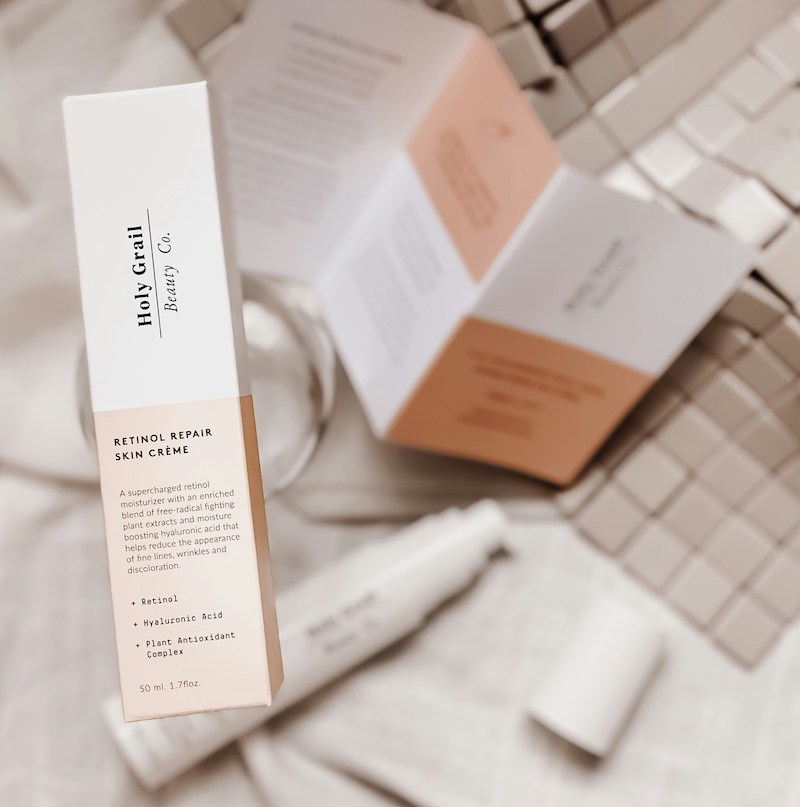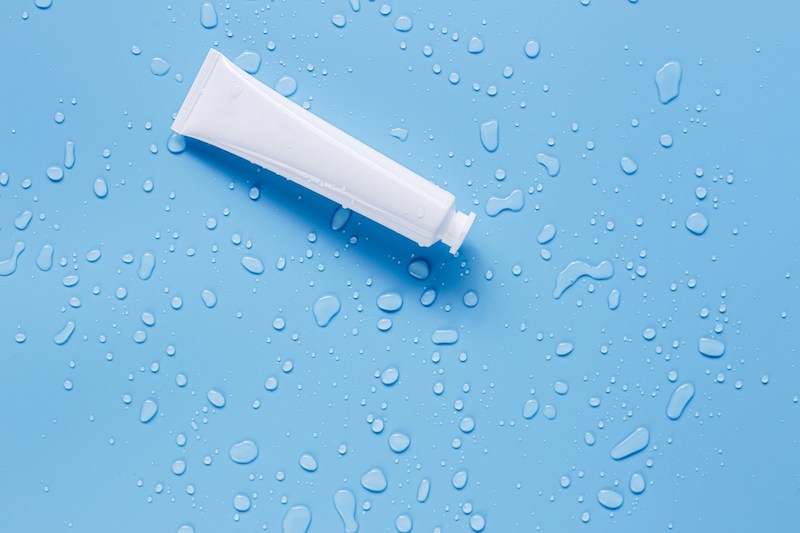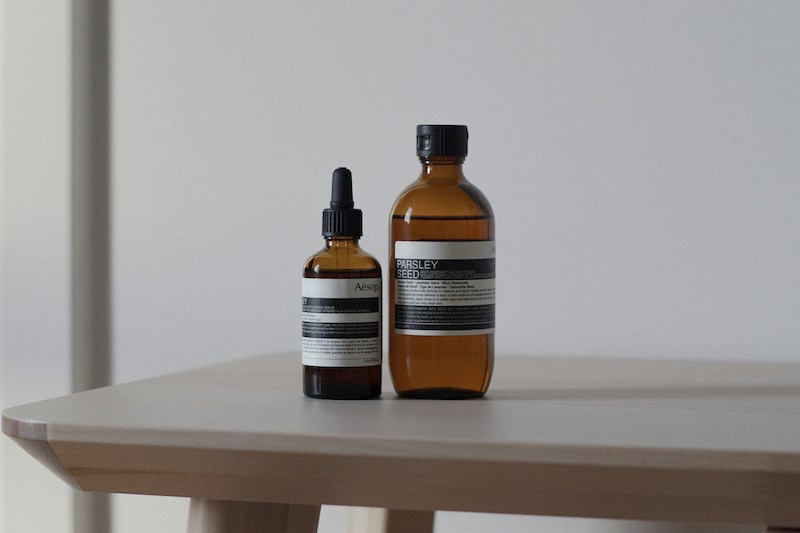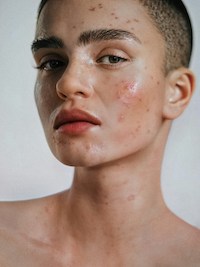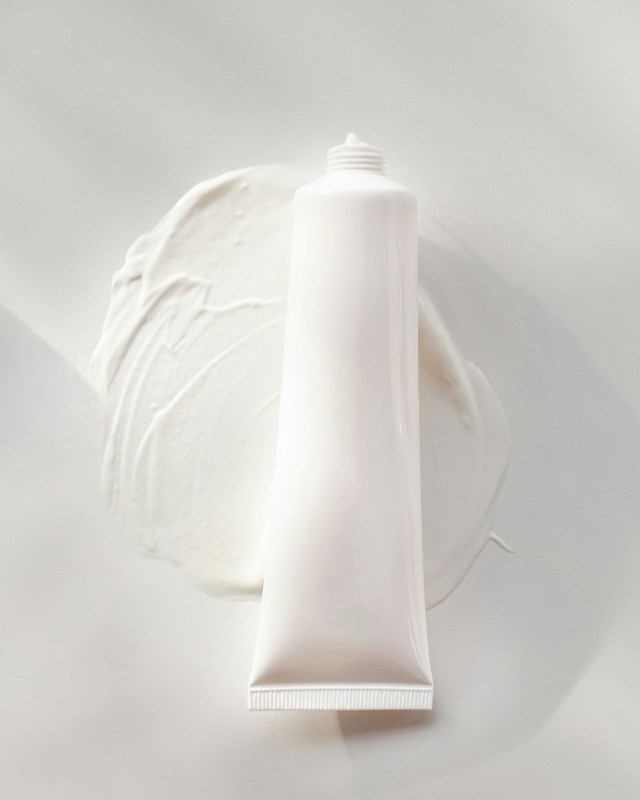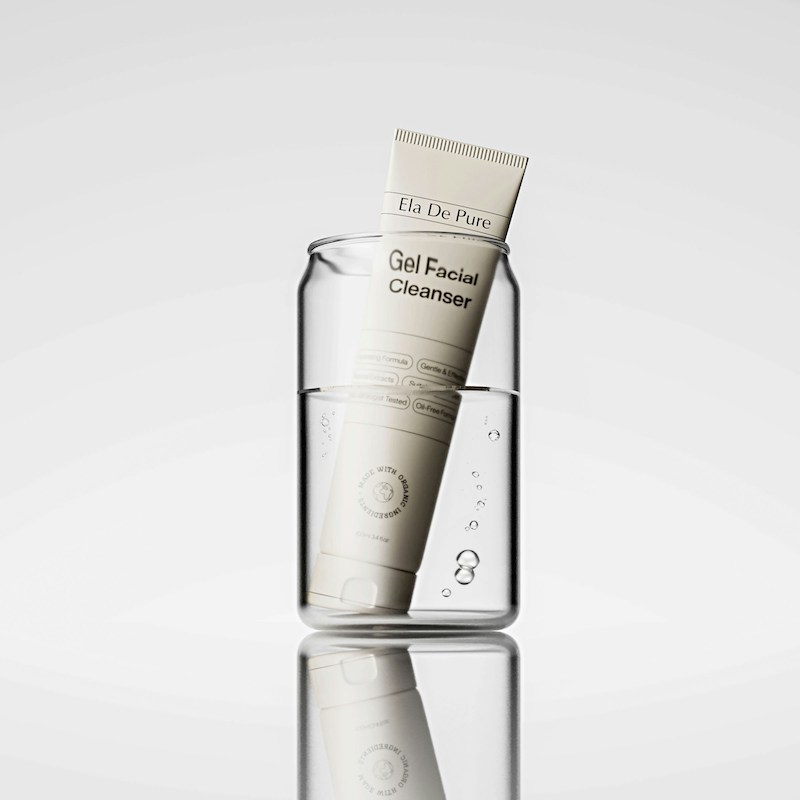In today’s Blog Post we are talking about in of the most effective, researched skincare ingredient out there: Retinol. Known for it’s powerful ant-aging and acne fighting properties, it is by far one of my favourite ingredients.
However, its correct usage, potential side effects, and best formulations often cause confusion. In this Blog Post I will share everything about retinol, from its benefits and how to incorporate it into your routine to the best product recommendations for different skin types.
1. What is Retinol?
Retinol is a derivative of vitamin A and belongs to the broader category of retinoids. Retinoids are compounds that promote skin renewal, boost collagen production, and improve overall skin texture. Retinol is available in over-the-counter (OTC) formulations, while stronger retinoids like tretinoin require a prescription.Types of Retinoids
- Retinol: Most common OTC form, needs conversion in the skin to become active.
- Retinaldehyde: One step closer to retinoic acid, making it more potent than retinol but still available OTC.
- Retinoic Acid (Tretinoin): Prescription-only and directly active.
- Adapalene: Synthetic retinoid, primarily used for acne treatment.
- Tazarotene: Stronger prescription retinoid used for severe acne and psoriasis.
2. Benefits of Retinol
a) Anti-Aging
- Stimulates collagen production, reducing fine lines and wrinkles.
- Improves skin elasticity and firmness.
- Enhances cell turnover for a more youthful appearance.
b) Acne and Breakout Prevention
- Helps unclog pores by regulating sebum production.
- Reduces inflammation and prevents future breakouts.
c) Hyperpigmentation and Skin Tone Improvement
- Fades dark spots, sun damage, and post-acne marks.
- Evens out skin tone
d) Texture and Pore Refinement
- Improves skin texture by accelerating cell renewal.
- Minimizes the appearance of enlarged pores over time.
3. How to Use Retinol Correctly
a) Start Slow and Build Tolerance
Retinol can cause irritation, dryness, and peeling when first introduced. Start with a lower concentration (0.2%–0.5%) and apply it 2–3 times a week before increasing frequency.b) Apply at Night
Retinol is sensitive to sunlight, which reduces its effectiveness. Use it at night, followed by a moisturizer to minimize irritation.c) Always Use Sunscreen
Retinol increases photosensitivity, making sunscreen (SPF 30 or higher) essential during the day to prevent sun damage.d) What Can Be Used with Retinol and What Should Be Avoided
Compatible with Retinol:
- Hyaluronic Acid: Hydrates and soothes the skin.
- Niacinamide: Helps strengthen the skin barrier and reduce irritation.
- Ceramides: Provide essential lipids to maintain moisture balance.
- Peptides: Work synergistically with retinol to boost collagen production.
- Squalane: Helps counteract dryness and irritation.
Avoid Using with Retinol:
- Vitamin C (in the same routine): Can be too harsh when combined directly.
- Benzoyl Peroxide: Can deactivate retinol, reducing its effectiveness.
- AHAs & BHAs (Glycolic, Salicylic Acid, Lactic Acid): Increases the risk of irritation.
- Exfoliating Scrubs: Can exacerbate peeling and sensitivity.
4. Common Side Effects and How to Manage Them
a) Dryness and Peeling
This is a common side effect, especially in the first few weeks. Use a gentle, fragrance-free moisturizer to counteract dryness.b) Redness and Irritation
If irritation occurs, reduce frequency and use a buffer (mix with moisturizer) to ease the skin into tolerance.c) Purging vs. Breakouts
- Purging: Temporary increase in breakouts due to accelerated skin turnover (lasts 4–6 weeks).
- Breakouts: If irritation persists beyond 8 weeks, the product may not be suitable for your skin.
d) The Sandwich Method: Minimizing Irritation
For those with sensitive skin, the sandwich method can help reduce irritation. This involves applying a thin layer of moisturizer on sensitive areas such as around the eyes, mouth, and neck before applying retinol. After the retinol is absorbed, apply another layer of moisturizer on top to create a buffer, which helps prevent excessive dryness and peeling while maintaining efficacy.e) Layering and Combination with Other Ingredients
- Avoid using retinol with: Benzoyl peroxide, AHAs, BHAs, and vitamin C in the same routine.
- Best paired with: Hyaluronic acid, niacinamide, and ceramides for hydration and barrier support.
5. Best Retinol Products for Different Skin Types
If you want to find out what skin type you have, read my blog post about How to Find Your Skin Type.| Skin Type | Recommended Product | Key Benefits |
|---|---|---|
| Oily/Acne-Prone | Differin Adapalene Gel 0.1% | Reduces acne and controls oil |
| Dry/Sensitive | Avene RetrinAL 0.05 Cream | Gentle, hydrating retinol |
| Mature Skin | Medik8 Crystal Retinal 6 | High-strength retinaldehyde for anti-aging |
| Combination | Drunk Elephant A-Passioni Retinol Cream | with peptides and antioxidants |
6. Retinol Myths and Misconceptions
a) Retinol Thins the Skin
Retinol actually thickens the skin over time by stimulating collagen production, making it firmer and stronger.b) You Can’t Use Retinol on Sensitive Skin
Retinol can be used by sensitive skin types when introduced gradually and paired with hydrating ingredients.c) Retinol Shouldn’t Be Used Around the Eyes
The eye area benefits greatly from retinol, as it helps reduce fine lines. Use a specialized retinol eye cream for gentle application.7. FAQs About Retinol
a) Can I use retinol every day?
Yes, but only after your skin has built tolerance. Start 2–3 times a week and gradually increase usage.b) Can I use retinol on my neck and hands?
Yes, but start with a low concentration and always follow up with a moisturizer.c) What age should I start using retinol?
Mid to late 20s is ideal for preventive anti-aging benefits, but it can also be used earlier for acne treatment.d) Can I use retinol if I have eczema or rosacea?
It depends on your skin’s tolerance. Consult a dermatologist before use and opt for lower-strength formulations.e) How long does it take for retinol to show results?
- 4–6 weeks: Improved texture and initial brightness.
- 3–6 months: Reduction in fine lines and acne.
- 6–12 months: Significant anti-aging effects.
f) Can I mix retinol with face oils?
Yes, oils like squalane or rosehip oil can help reduce irritation and provide additional hydration.g) Can I use retinol while pregnant?
No, retinoids are not recommended during pregnancy or breastfeeding.Conclusion
Retinol is one of the most effective skincare ingredients, offering remarkable benefits for anti-aging, acne, and overall skin health. However, proper introduction and usage are key to minimizing irritation and maximizing results. Whether you are a beginner or experienced user, selecting the right concentration and formulation for your skin type is crucial. Always pair retinol with sunscreen and hydrating ingredients to maintain a healthy and balanced skincare routine.Looking for more skincare tips? Check out my other blog posts on hyaluronic acid, sunscreen, and double cleansing to create the perfect skincare routine. Don’t forget to subscribe to our newsletter for exclusive tips and product recommendations. Follow me on Pinterest for more skincare insights and inspiration! If you have any questions surrounding skin care, just ask them in the comments.

